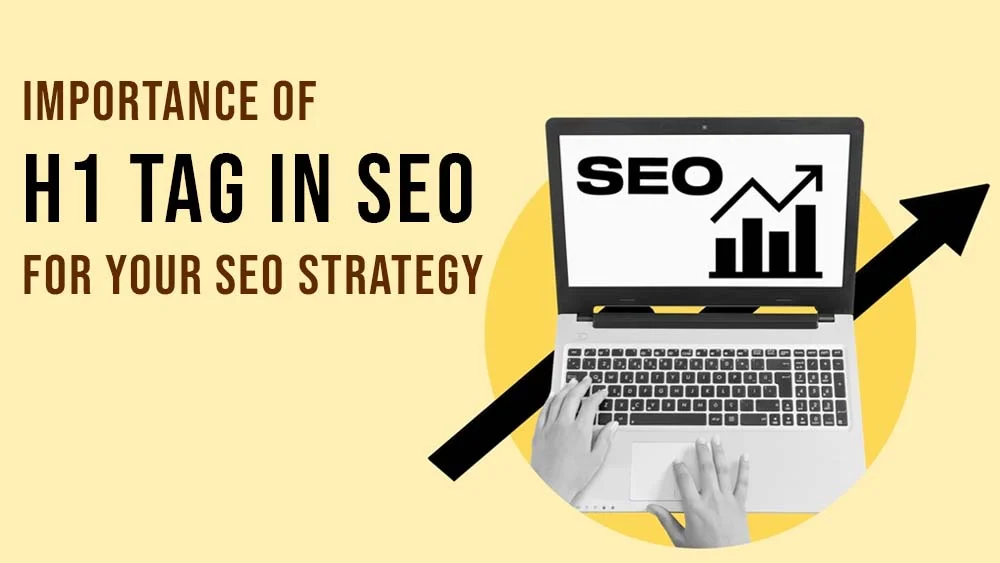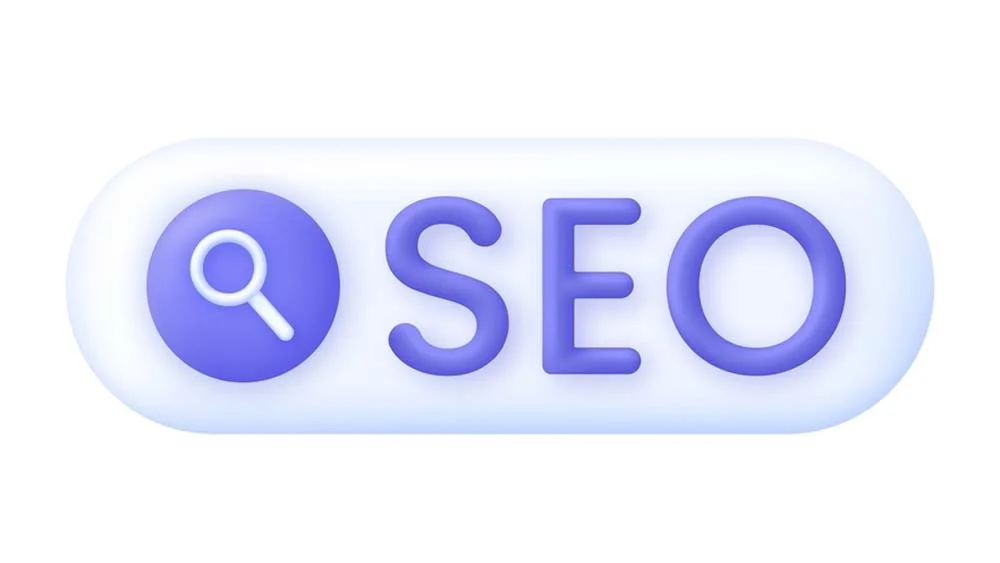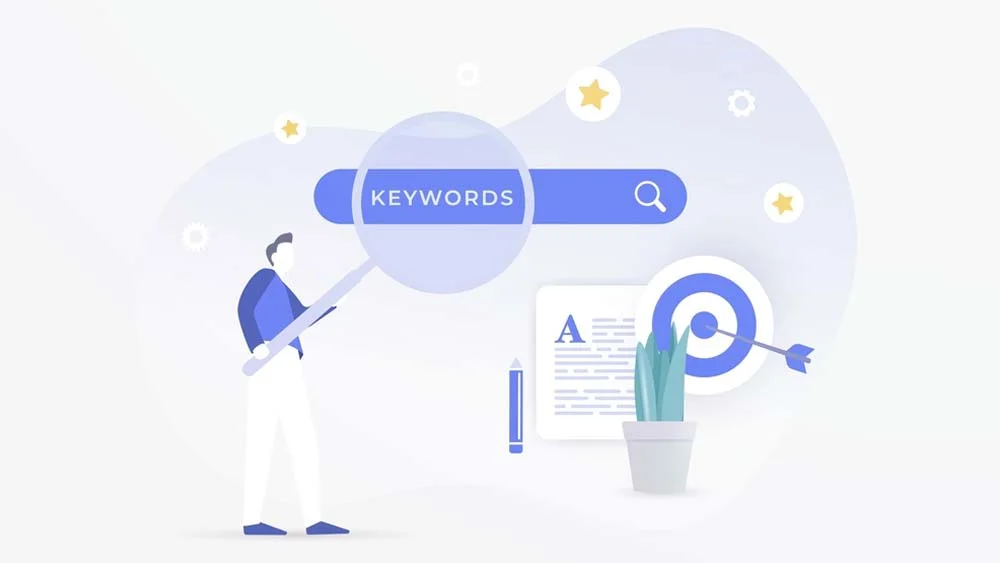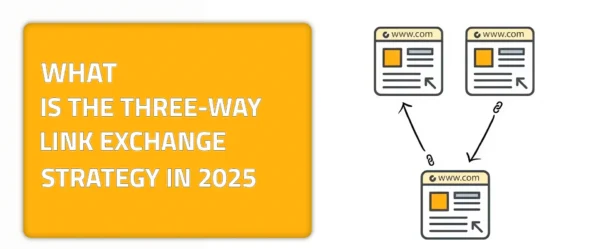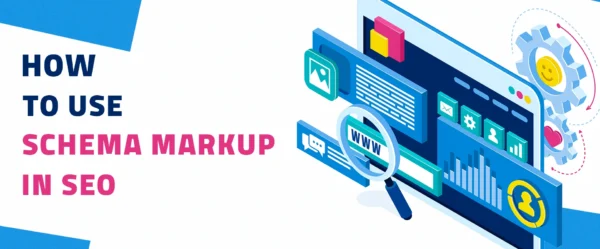Unlocking the Power of H1 Tags: Essential Elements for Elevating Your SEO Strategy
Now that you’re interested in SEO, let me indulge you further with an invitation to enter the realm of H1 tags. A place where a single line of code can have a significant impact on the success of your search engine optimization plan. You could think that these unassuming headers are insignificant in comparison to the enormous ocean of digital marketing, but you should not let their size fool you.
H1 tags hold a great deal of influence in the area of search engine optimization (SEO). That is, because they serve as a green lighthouse that directs users and search engine crawlers through your content and material. Throughout this article guide, we will discuss the significance of H1 tags and the ways in which they might enhance your search engine optimization efforts. Now, put on your digital magnifying glass, because we are about to embark on an adventure into the wondrous world of H1 tags!
The Importance of H1 Tag in SEO: What Are H1 Tags?
H1 tags, also known as heading tags or header tags, are HTML elements used to specify the primary heading or title of a webpage. Think of them as the headline of a newspaper article or the title of a chapter in a book. These tags serve a dual purpose: they provide structure and hierarchy to your content for both users and search engines. From a user’s perspective, H1 tags help to clearly indicate the main topic or theme of the page, making it easier to understand and navigate.
For search engines like Google, H1 tags provide valuable context about the content of the page, helping them to index and rank it appropriately in search results. While they may seem like a small detail, H1 tags play a crucial role in optimizing your website for search engine visibility and improving the overall user experience. So remember, when it comes to crafting compelling web content, H1 tags are your trusty sidekick in the quest for online supremacy!
Examples of H1 Tags For Better Understanding
H1 tags serve as the main heading or title of a webpage, encapsulating its core theme or topic. Let’s say you run a blog about healthy cooking. Your H1 tag might be something like “10 Delicious and Nutritious Recipes for a Healthier You”. If you’re an e-commerce site selling eco-friendly products, your H1 tag could be “Discover Sustainable Solutions for a Greener Lifestyle”. For a travel website showcasing adventurous destinations, your H1 tag might read “Embark on Epic Adventures: Top Travel Destinations for Thrill-Seekers”.
You can take this guide as an example as well. Our H1 tag is “Unlocking the Power of H1 Tags: Essential Elements for Elevating Your SEO Strategy.” Which is descriptive of what we’re currently discussing and learning about. It gives you a glimpse of what you’re about to read and and what you’re about to go through in a certain website or its blog.
Essentially, H1 tags should succinctly summarize the main content of the page while also grabbing the reader’s attention. They’re like the opening line of a great story, enticing users to delve deeper into the content. So whether you’re whipping up tantalizing recipes, promoting eco-conscious products, or inspiring wanderlust, crafting compelling H1 tags is the first step to captivating your audience and optimizing your website for search engine success.
The Importance of H1 Tag in SEO: Understanding The Process of Checking H1 Tags
Checking H1 tags on a webpage is a breeze, and you don’t need to be a coder to do it! One of the simplest methods is right-clicking on the webpage and selecting “View Page Source” or “Inspect” (depending on your browser). This opens up the underlying HTML code of the webpage. Once you’re in, just use the search function (Ctrl + F or Command + F) and type in “<h1>”.
This will highlight all instances of H1 tags on the page. If you see multiple H1 tags, it’s worth double-checking to ensure each one accurately represents the main topic or heading of the respective sections. Alternatively, you can use various online tools and browser extensions specifically designed for analyzing webpage elements, including H1 tags. It’s like being a digital detective, sleuthing through the code to uncover the secrets of webpage structure!
The Importance of H1 Tag in SEO: Why Are They Crucial?
There are several reasons why H1 tags are important or crucial. Below, we will uncover the main two reasons on why you should delve deeper into a topic, such as H1 tags.
Reason Number 1: H1 Tags Enhance Usability and Accessibility
H1 tags are not just about boosting SEO; they’re also superheroes in the realm of usability and accessibility! Picture them as friendly signposts guiding users through the vast terrain of the internet. H1 tags help visitors quickly understand what the page is about. That is, by clearly defining the main heading or topic of a webpage. This is something that makes the user’s browsing experience smoother than a perfectly foamed cup of cappuccino.
For users who rely on screen readers or have visual impairments, H1 tags serve as audible beacons, providing essential context and structure to the content. It’s like having a trusted tour guide narrating your journey through the digital landscape. Additionally, well-structured H1 tags improve overall accessibility by making it easier for users to navigate through the page using keyboard shortcuts or assistive technologies. So, whether you’re a seasoned webmaster or a casual internet surfer, embracing H1 tags is the key to unlocking a more inclusive and user-friendly online experience!
Importance of H1 Tag in SEO: Reason Number 2: Enhanced Search Engine Optimization (SEO)
How so? Let me tell you. The use of H1 tags is comparable to winning the lottery when it comes to enhancing search engine optimization (SEO) for your website. Through the utilization of pertinent keywords and the provision of an accurate summary of the primary material of your webpage, H1 tags communicate to search engines the nature of the content located on your page. You can think of them as the headline that stands out in a newspaper that is full of other articles. H1 tags are what search engine crawlers look for while crawling your website in order to gain an understanding of the hierarchy and relevancy of the material you have.
In addition, having an H1 tag that is both clear and descriptive not only assists search engines in classifying your website but also significantly improves the user experience. It is similar to having a helpful signpost that directs users directly to the portion of your material that is most important. Your search engine optimization efforts will be greatly appreciated if you remember to keep your H1 tags brief, keyword-rich, and representative of the primary subject matter of your page when you are designing them.
Major Tips and Tricks to Help You When You’re Creating Your H1 Tags
When you delve too deeply into the topic of what factors contribute in the process of creating the perfect H1, you may find that the vocabulary associated with web development can be intimidating. As a result, the following is a comprehensive list of important tips, tricks, and considerations to take into account the next time you build an H1 for a web page.
Importance of H1 Tag in SEO: You Should Only Create a Single H1 Tag
Creating a single H1 tag is like having a clear captain at the helm of your SEO ship. It provides focus and clarity, signaling to both users and search engines the primary topic of your webpage. Think of it as the superhero cape that instantly identifies the protagonist of your story.
By sticking to a single H1 tag, you avoid confusing search engine crawlers. Moreover, you ensure that your page’s main message shines through loud and clear. It’s like streamlining your message into a powerful rallying cry. Let me just say that Hozier’s “Nina Cried Power” was the source of inspiration for this line. Because that is exactly how your H1 tag conveys what your web page is trying to say. It should guide visitors straight to the heart of your content. Which makes it such a powerful little line of words.
Create a Unique H1 Tag For Your Topic
I know that the market has a lot of repetitive ideas or blog topics that are displayed in different ways. That is why I am here telling you that you should embark on creating a unique H1 tag for your topic. Crafting a unique H1 tag is like giving your webpage its own signature or stamp in the vast realm of the internet. It sets your content apart from the crowd, making it memorable and easily recognizable to both users and search engines.
Picture it as the title of your favorite book—the one that hooks you at first glance. Let me give you an example with a favorite book of mine that hooked me the minute I laid eyes on. The book’s name is Acheron by Sherrilyn Kenyon. I got hooked because of my love and addiction to Greek mythologies. This is what you should do when you create an H1 tag. You should get to understand what level of uniqueness your audience will love and get attracted to.
A unique H1 tag not only boosts your SEO by ensuring relevance and clarity but also enhances brand identity and user engagement. It’s like adding a splash of personality to your digital presence, leaving a lasting impression on visitors as they navigate through the online wilderness. So, dare to be different and let your H1 tag shine bright like a beacon in the digital sea!
Importance of H1 Tag in SEO: Provide a Good User Experience For Your Users Through Your H1 Tags
To elaborate on the previous point, the usefulness of the H1 tag in creating a favorable user experience is contingent on the relevance of the tag to the query that the searcher is currently using. There is a clear correlation between the degree to which the page corresponds to the user’s intentions and expectations and the user’s interaction with your content, which in turn determines the page’s position in the search engine results.
Accurately addressing the user’s goal is the most important aspect. Simply possessing an H1 tag is not sufficient; what is of utmost importance is the text that is contained within that tag. In the event that the title, and by extension, the H1 tag, does not adequately reflect the content of the page, readers may have feelings of being misled and disappointed with their browsing experience. They may have anticipated something different from what they really received.
Use a Strong and a Long-Tail Keyword for Your H1 Tag
Using a strong keyword can help search engines index your page in the most suitable and easy ways. This will guarantee that you improve your ranking and help you rank higher on search engines. Let me elaborate for you by giving you an example of a short keyword, a short-tail keyword, and a long-tail keyword. A short keyword is one that is formed from one word, like “Strategy.” a short-tail keyword is “ SEO Strategy,” and a long-tail keyword would be “Enhanced SEO Strategy.” The longer the keyword is and the more you implement it in your H1, the higher you will rank based on the relevance of your content.
Have you ever questioned the effectiveness of longer phrases that are more particular as opposed to shorter keywords that are searched for more frequently? Change your mind! Adopting long-tail keywords is not only a smart decision for search engine optimization (SEO), but it is also a ticket to improved conversion rates. Their specificity typically results in a greater number of qualified leads and a higher value per click, despite the fact that they may draw a lower volume of traffic.
Using tools like Moz and SEMrush, you can discover these hidden gems by investigating the suggested Google searches. Another option is to use the tools themselves. As you delve further into the search queries that are associated with the subject matter of your page, you will find great potential that is just waiting to be taken advantage of. Do not, therefore, undervalue the power of the long-tail keywords; rather, embrace it and watch as your search engine optimization approach soars to new heights!
Importance of H1 Tag in SEO: Why Is Your Page Not Ranking on Search Engines?
You know when you have a great sketch in your head but when you try to get it out on paper, you find yourself struggling with the details. You may find yourself suffering from getting the drawing to look exactly like the one in your head with the same amount of clarity. This is by far the nearest example that I have to give. There could be a multitude of reasons why your page isn’t ranking. Firstly, it might be suffering from an identity crisis—lacking clear, relevant content or keywords that align with what users are searching for. Think of it as trying to win a dance competition without knowing the steps!
Technical issues, like slow loading times or broken links, could also be dragging your page down like a ship’s anchor. Then there’s the competition factor—maybe your page is up against heavyweight competitors with stronger backlink profiles or more authoritative content.
Imagine it like trying to win a chess game with limited chess knowledge against a grandmaster. Also, let’s not forget user experience—poor navigation or outdated design can leave visitors feeling as lost as a clown at a funeral. But fear not! With a bit of SEO magic and some TLC, your page can rise from the depths of obscurity and claim its rightful place among the search engine elite.
Is There a Difference Between Headers and H1 Tags?
Yes, there is indeed a difference between headers and H1 tags, though they are often used in a way that can be exchanged. Think of headers as the organizers of a party—they set the tone and structure for the event. Just like you might have different levels of hosts at a party (the main host, co-hosts, and so on), headers come in different levels too, from H1 to H6. Now, let’s zoom in on the star of the show—the H1 tag.
It’s like the VIP guest who gets the most attention and sets the theme for the entire party. Aka, the ”prom queen” For instance, if your webpage is a blog about baking, your H1 tag could be “Vegan Chocolate Cake Recipes.” It’s the first thing guests (or, in this case, visitors) see, signaling what the page is all about. Meanwhile, the other headers (H2 to H6) act as supporting characters, guiding guests through different sections of the article topic.
That is, with sub-themes like “ingredients,” “instructions,” and “tips & tricks.” As a result, the H1 tag steals the show while headers collectively organize your content, ensuring that your website’s visitors understand it the best possible way.
Wrapping It Up!
Now that you’re here, allow me to recap what we just discussed quickly. So now you know what H1 tags are, their importance, usage, some implementation tips and tricks, and finally, if they differ from headings or not. If you wish for your page to rank through a seamless and catchy H1 tag, this guide has all you need to equip yourself with.
Another way to delve deeper into the vast realm of SEO and link exchange for better web page visibility is to visit our website, linkexchange.ai. This is a website that will help you broaden your knowledge with services that will increase your exposure. Additionally, we’ll help you through our varied blog posts with many informative H1 tags that you might find relevant to what you’re looking for.


